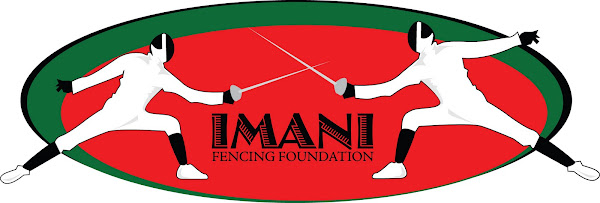Joachim Murat
RENOWNED CAVALRY LEADER OF NAPOLEON AND KING OF NAPLES (1767-1815)
JOACHIM MURAT, who assumed the name of Joachim Napoleon, and was later King of Naples, came from the Department of Lot, in the Auvergne, France, a region known for the Negroid strain in its inhabitants, many of whom are descended from the Moors who settled in that region after they had been driven out of Spain. It is estimated that more than a million of these people of African ancestry migrated to that region. This is the same part of France from which came Bernadotte, King of Sweden, and Pierre Laval, twice Premier of France, both of whom were dark-skinned and were commonly said to be of Moorish ancestry. In fact, Murat himself claimed descent from a Moorish king, and Frederic Masson, noted writer on Napoleon's cavalry, said it was commonly believed that he was of that ancestry.
The most striking proof of Murat's Negro strain comes from Laura, Duchess d'Abrantés, famous writer of the times, who knew Murat intimately and was moreover well acquainted with evidences of Negro strain. She had lived in Portugal with her husband Marshal Junot, French ambassador, at a period soon after the Negro slaves there had been freed and there was still an abundance of mulattoes. She says of Murat, "There was a great deal of the Negro in his face. His nose, it is true, was not flat, but his lips were thick. This nose, although straight, lacked distinction, thus giving him in keeping with the rest of his features, at least the appearance of a half-breed." She uses the word métis, which, in addition to meaning "half-breed," is often used in France for "mulatto." Indeed it is the same thing. Next to Napoleon himself Murat was the most spectacular figure of the Napoleonic era. Indeed, but for him there might have been no Napoleon of such greatness. Napoleon thought so much of him that he gave him his favorite sister, Marie Caroline, in marriage.
Arriving in Paris, the young Murat found work as a pot washer. Then he joined the army and found such favor with Napoleon that the latter made him one of his aides-de-camp. In Egypt, where he served directly under the command of General Dumas, a mulatto born in Haiti, he distinguished himself and was made general of a division. Devoted body and soul to Napoleon, after they returned to France he urged Napoleon to make himself dictator. When Napoleon hesitated, he drew his sword and declared he would not sheathe it until Napoleon was dictator of France. A few days later, with sixty of his guards, he burst into the National Convention in Paris, as Cromwell had done in the English Parliament, dominated it, and kept his word to make Napoleon supreme. "Good citizens," he said to the 500 members, "the Convention is dissolved," and he drove them all out. In reward, Napoleon appointed him the next most powerful man in France, and married his youngest sister, Marie Caroline, later Queen Caroline, to him. He also made him Governor of Paris and later for his victories over the Germans made him, successively, a Marshal of the Empire, Grand Duke of Berg and Cleves, and Grand Admiral of France. Finally when the Bourbons were ousted, he made him ruler of Naples, one of the richest countries of southern Europe. But the two were later to be enemies. During the disastrous campaign in Russia where he was in command of the cavalry, Murat deserted his post to return to Naples, upon which Napoleon sent him a most insulting letter. Thereafter, he Previous worked as hard to pull down Napoleon, as he had to build him up.
The loss of Murat's services contributed much to Napoleon's final downfall, an admission that Napoleon himself later made. His presence at Waterloo, Napoleon said, would have inspired the French and discouraged the English. In the hundred or so battles in which he had fought, Murat had been so dashing, so courageous, and so victorious, that he was invested with invincibility by his men. He could be seen always in the forefront of the fight, conspicuous in his gorgeous uniform and snow-white plumes.
But it was not Murat's fault that he was not at Waterloo. A month before he had returned to France. The Allies, once having succeeded in isolating him from Napoleon, turned against him and in face of the strong coalition he was forced to flee. In France he offered his services to Napoleon, who contemptuously refused them.
After the capture of Napoleon, he went to Corsica and sailed from there with an expedition to recover his kingdom. A storm scattered his ships and he was forced ashore at Pizzo, Italy, with only thirty men. Captured, he was court-martialed five days later and shot. Murat had four sons. One of them, Napoleon, came to the United States and married a grandniece of George Washington. Another, Lucien, married a Baltimore society woman. He returned to France when Napoleon III came to the throne, and was recognized as a prince of royal blood.


Hello,
ReplyDeleteI want you to know that I appreciate all of this information regarding fencing. It happens to be one of my favorite sports. Keep up the good work with the children, and with the blog. I look forward to following this blog
The videos are great of the different fencing lessons.